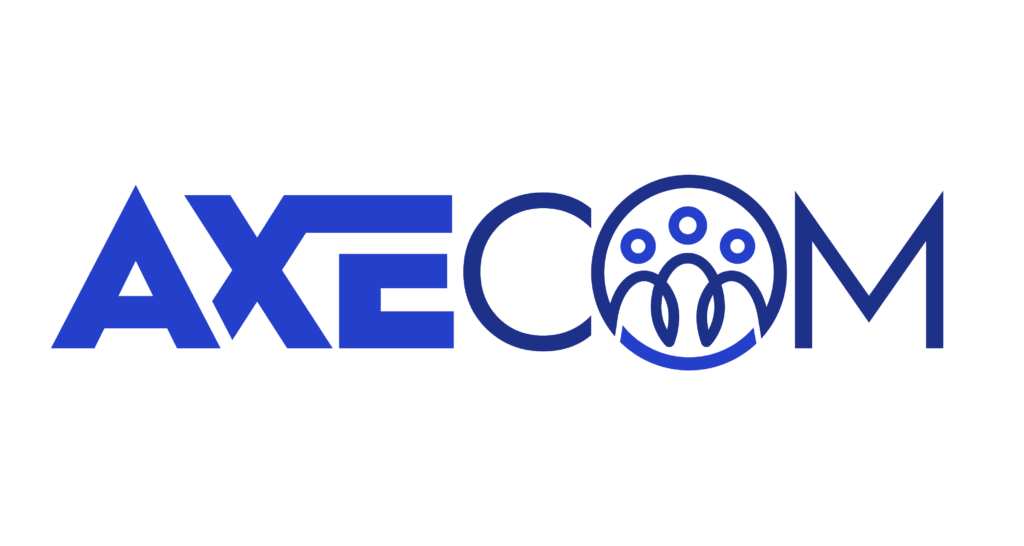Organizational maturity is the key to secure investments, stronger collaboration, and measurable bottom-line gains. With the right insights and transparency, you can make decisions that enhance quality, satisfaction, and value across the entire business.
OMM FAQ
The Organizational Maturity Model creates value by strengthening collaboration between the parties through shared understanding, clear measurements, and continuous improvement.
Det øger kvalitet, højere effektivitet, lavere omkostninger, stærke relationer, fælles forståelse og sprog som øger tillid til hinanden samtidig kontrolniveauet mindskes og relationelle beslutninger træffes på et solidt datagrundlag.
The result is improved deliverables and financial performance, as well as stronger relationships and higher employee satisfaction that are reflected in the bottom line. This is achieved through a structured cycle of measurement → evaluation → action → follow-up, repeated at regular intervals.
The Organizational Maturity Model measures maturity across five levels – from Level 1: Initial and reactive collaboration to Level 5: Optimized collaboration based on full flexibility and mutual trust.
The maturity assessment is carried out through structured questionnaires and, if necessary, workshops/interviews that uncover the current status and development potential across the seven main areas included in the model: Strategy, Management, Competences, Actions, Personal Satisfaction, Relationships, and Efficiency.
The results of the assessments are evaluated in close collaboration between the parties to identify areas where maturity can be improved, with prioritized initiatives that will raise the level of maturity.
The Organizational Maturity Model can deliver quick, visible benefits within a few months, especially when the parties begin by measuring and addressing the most pressing problem areas.
The deeper and more lasting effects – such as greater trust, stronger relationships, and a shared culture – take longer to embed between the parties. For most collaborative relationships, it takes 12–24 months to fully anchor OMM.
The Organizational Maturity Model is unique in collaborative relationships because it combines traditional service objectives with organizational soft values, ensuring that both deliverables and relationships are developed in parallel and continuously.
It provides a 90°–360° view of the collaborative relationship – from strategy and governance to culture and relationships – thereby creating a balance between hard KPIs and organizational soft values.
At the same time, the model is designed to be both standardized and flexible, allowing it to be tailored to your specific level of ambition for developing organizational maturity.
The Organizational Maturity Model is important in collaborative relationships because it creates shared understanding and language, strengthens relationships, and establishes a measurable foundation and a structured approach to developing collaboration between the parties.
OMM is both simple and practically applicable because the model is easy to understand, while also being practical to use in daily operations to identify strengths, challenges, and opportunities for improvement.
It makes it possible to work in a structured way with both the relational and operational aspects of collaboration, thereby creating measurable results, greater efficiency, and a more trust-based partnership.
